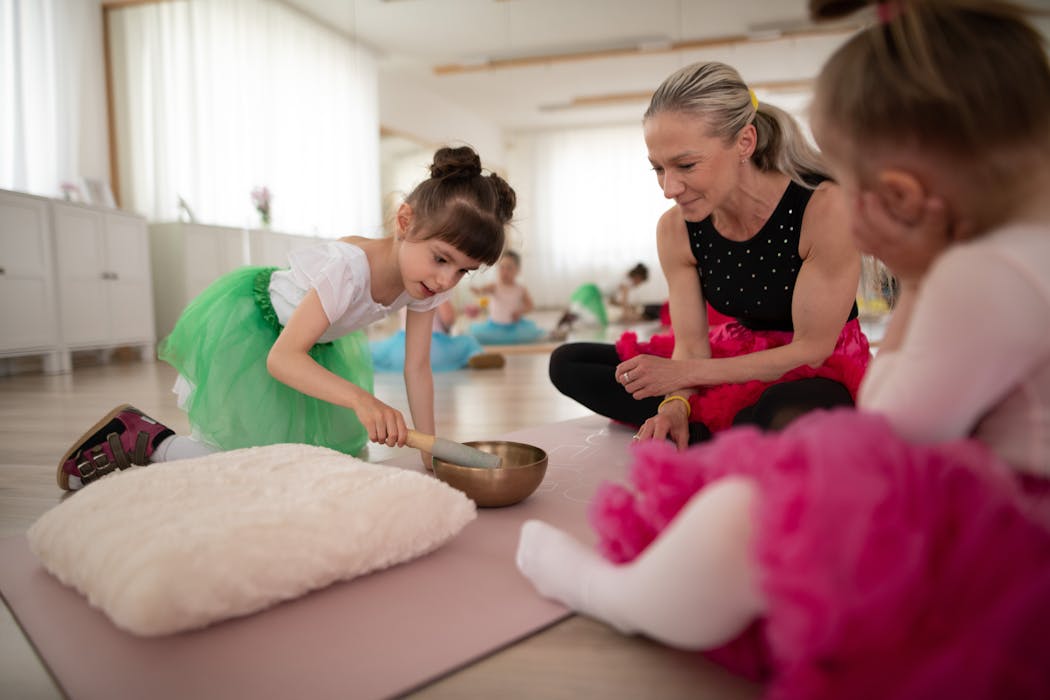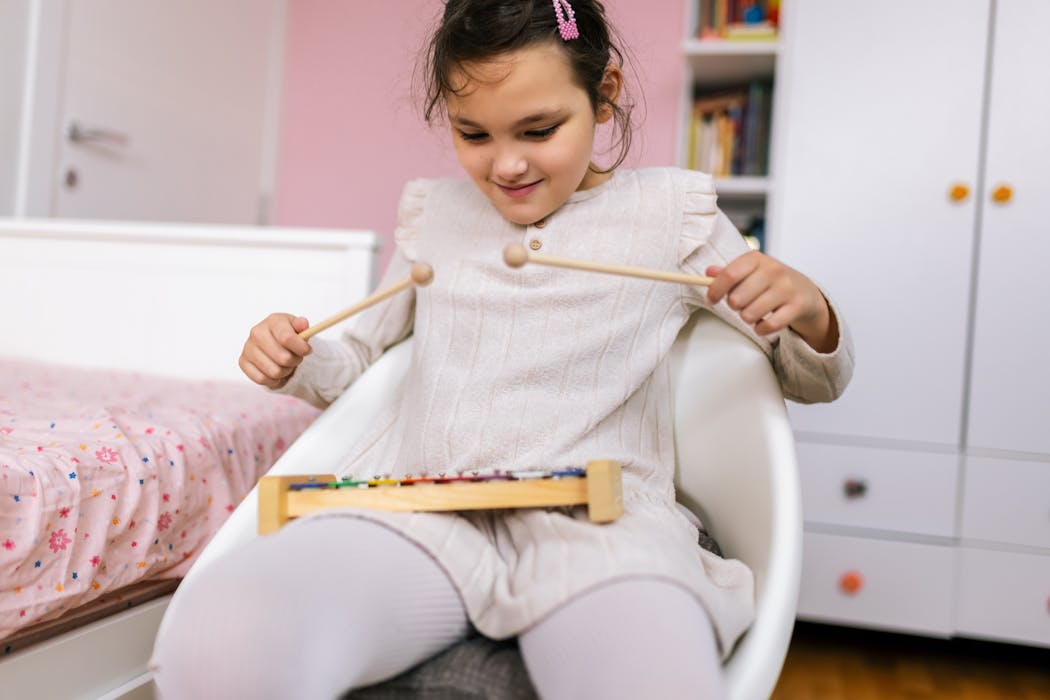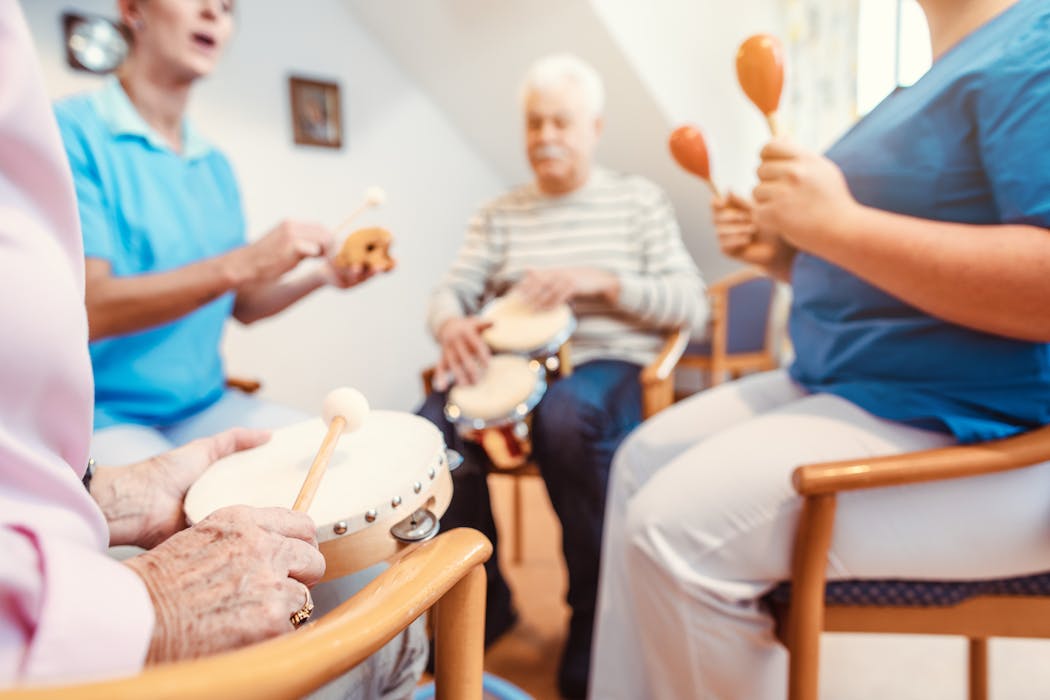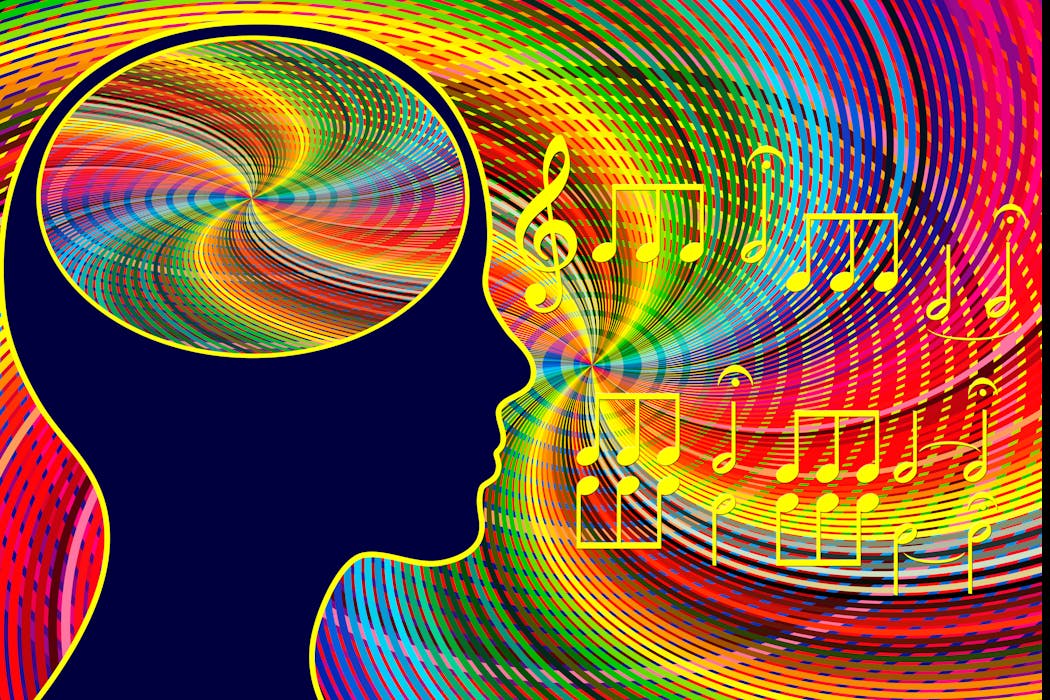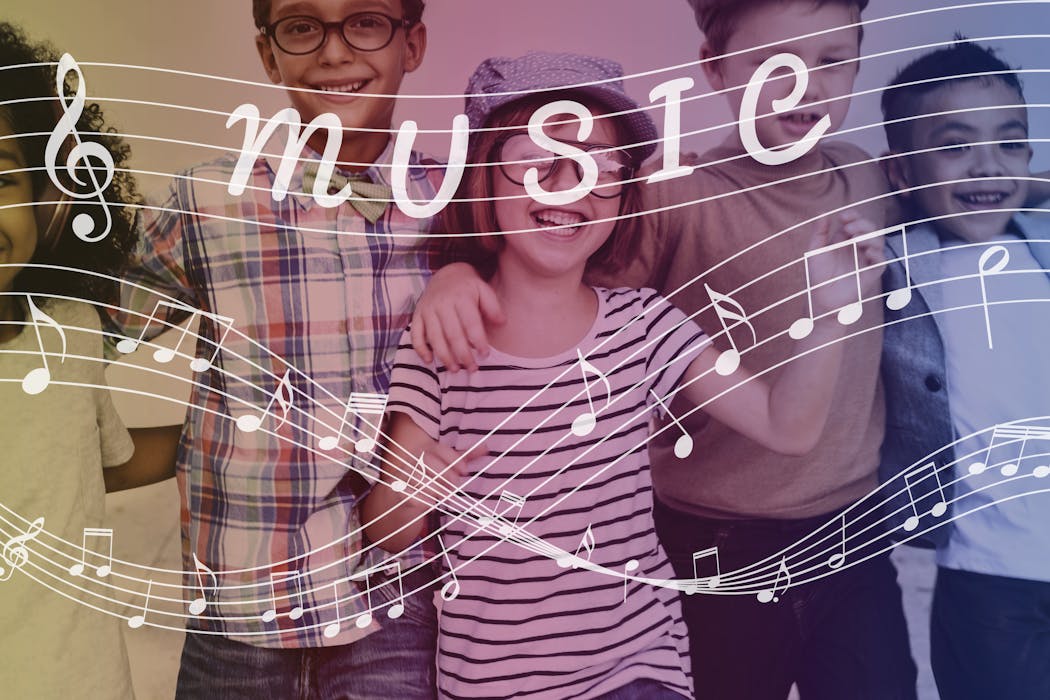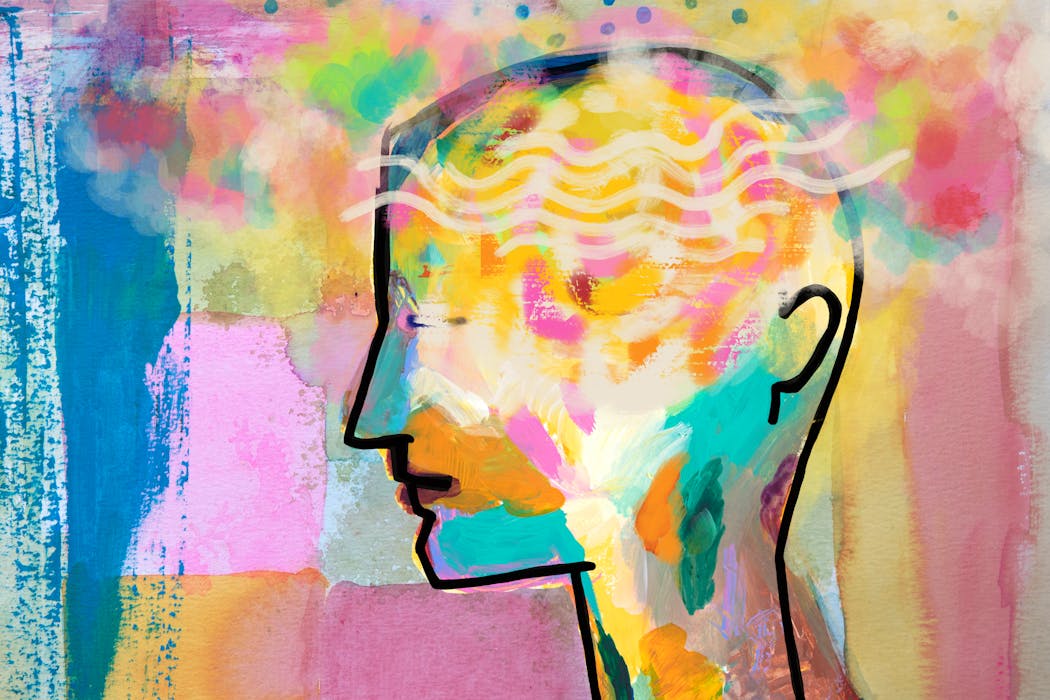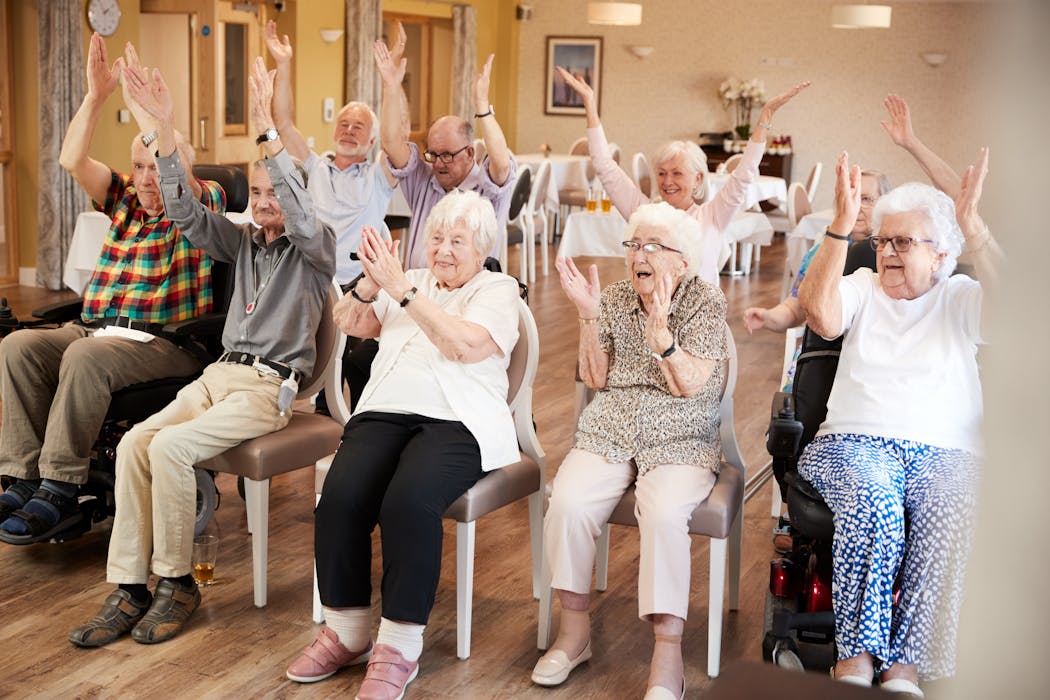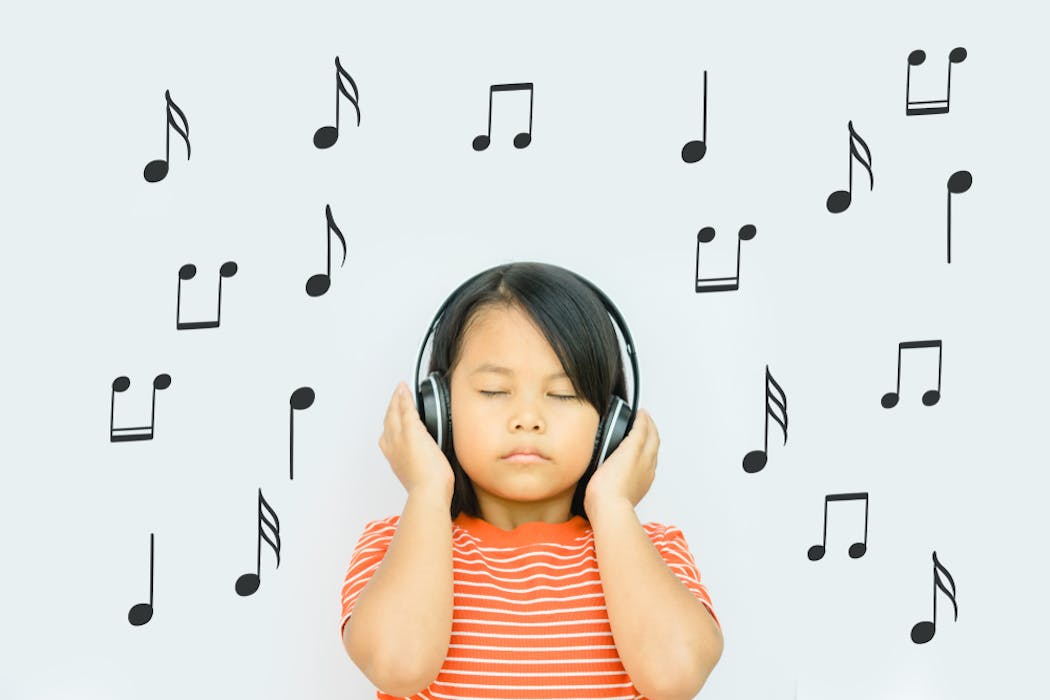Dance/movement therapy is a form of therapy that uses movement and dance to promote emotional, social, cognitive, and physical integration of the individual. It is based on the belief that the body and mind are interconnected, and that movement can be used as a tool for self-expression and communication. Dance/movement therapy can be used with individuals of all ages and abilities, and can be particularly beneficial for those who have experienced trauma, have mental health issues, or have physical disabilities. The therapist uses movement and dance to help individuals explore their emotions, improve their self-esteem, and develop healthier coping mechanisms. Dance/movement therapy can be done in individual or group settings, and can be a powerful tool for personal growth and healing.
Dance/movement therapy is a holistic approach to healing that recognizes the importance of the mind-body connection. It is based on the idea that movement can be used as a form of communication, and that by exploring and expressing movement, individuals can gain insight into their emotions and experiences. Dance/movement therapists are trained to use movement and dance to help individuals process and express their feelings, and to develop healthier ways of coping with stress and trauma. Dance/movement therapy can be used in a variety of settings, including hospitals, schools, mental health facilities, and community centers. It is a versatile form of therapy that can be adapted to meet the needs of individuals with a wide range of abilities and challenges.
The Physical Benefits of Dance/Movement Therapy
Dance/movement therapy offers a wide range of physical benefits for individuals of all ages and abilities. Movement and dance can help improve flexibility, strength, coordination, and balance. It can also help individuals develop better body awareness and improve their posture. Dance/movement therapy can be particularly beneficial for individuals with physical disabilities or chronic pain, as it provides a safe and supportive environment for them to explore movement and develop healthier ways of moving. In addition, dance/movement therapy can be a fun and enjoyable way to stay active and improve overall physical health.
In addition to the physical benefits, dance/movement therapy can also help individuals develop better body awareness and improve their posture. By exploring movement and dance, individuals can gain a better understanding of how their bodies move and function, and can develop healthier ways of moving. This can be particularly beneficial for individuals with physical disabilities or chronic pain, as it provides a safe and supportive environment for them to explore movement and develop healthier ways of moving. Dance/movement therapy can also help individuals develop better coordination and balance, which can improve their overall physical functioning. Overall, dance/movement therapy offers a holistic approach to physical health that recognizes the importance of the mind-body connection.
The Emotional Benefits of Dance/Movement Therapy
Dance/movement therapy offers a wide range of emotional benefits for individuals of all ages and abilities. Movement and dance can be used as a form of self-expression, allowing individuals to explore and express their emotions in a safe and supportive environment. This can be particularly beneficial for individuals who have experienced trauma or have mental health issues, as it provides them with a non-verbal way to process their feelings and experiences. Dance/movement therapy can also help individuals develop healthier coping mechanisms for dealing with stress and emotional challenges.
In addition to providing a safe space for emotional expression, dance/movement therapy can also help individuals develop better self-esteem and confidence. By exploring movement and dance, individuals can gain a better understanding of their bodies and develop a more positive relationship with themselves. This can be particularly beneficial for individuals who struggle with body image issues or low self-esteem, as it provides them with an opportunity to explore movement in a supportive and non-judgmental environment. Overall, dance/movement therapy offers a holistic approach to emotional well-being that recognizes the importance of the mind-body connection.
Techniques Used in Dance/Movement Therapy
Dance/movement therapy uses a variety of techniques to help individuals explore movement and dance as a form of self-expression and communication. These techniques may include improvisation, mirroring, guided movement exercises, and structured dance sequences. The therapist may also use props such as scarves, ribbons, or balls to facilitate movement exploration. In addition, the therapist may use music as a tool to enhance the therapeutic experience, using different types of music to evoke different emotions or moods.
One common technique used in dance/movement therapy is improvisation, where individuals are encouraged to move freely and spontaneously in response to their emotions or inner experiences. This allows individuals to explore movement in a non-judgmental way, without the pressure of having to perform specific dance steps or movements. Another technique used in dance/movement therapy is mirroring, where the therapist mirrors the individual’s movements as a way of building rapport and establishing trust. This can help individuals feel more connected to the therapist and more comfortable exploring movement in the therapeutic setting.
How Dance/Movement Therapy Can Improve Body Image and Self-Esteem
Dance/movement therapy can be particularly beneficial for individuals who struggle with body image issues or low self-esteem. By exploring movement and dance in a supportive and non-judgmental environment, individuals can develop a more positive relationship with their bodies and gain a better understanding of how their bodies move and function. This can help individuals develop better body awareness and improve their posture, which can in turn improve their overall physical health.
In addition to improving body image, dance/movement therapy can also help individuals develop better self-esteem and confidence. By exploring movement in a safe and supportive environment, individuals can gain a better understanding of themselves and develop healthier coping mechanisms for dealing with stress and emotional challenges. This can be particularly beneficial for individuals who have experienced trauma or have mental health issues, as it provides them with a non-verbal way to process their feelings and experiences.
Case Studies: Success Stories of Dance/Movement Therapy
There are many success stories of individuals who have benefited from dance/movement therapy. For example, one case study involved a young woman who had experienced trauma and struggled with anxiety and depression. Through dance/movement therapy, she was able to explore her emotions in a safe and supportive environment, develop healthier coping mechanisms for dealing with stress, and improve her overall emotional well-being. Another case study involved an elderly man with Parkinson’s disease who participated in dance/movement therapy as a way of improving his physical functioning. Through movement exploration and dance exercises, he was able to improve his flexibility, coordination, and balance, which in turn improved his overall physical health.
In addition to these individual success stories, there is also research evidence supporting the effectiveness of dance/movement therapy. Studies have shown that dance/movement therapy can be beneficial for individuals with a wide range of challenges, including trauma, mental health issues, physical disabilities, chronic pain, and aging-related issues. Overall, these success stories demonstrate the power of dance/movement therapy as a holistic approach to healing that recognizes the importance of the mind-body connection.
How to Incorporate Dance/Movement Therapy into Your Wellness Routine
There are many ways to incorporate dance/movement therapy into your wellness routine. One option is to seek out a certified dance/movement therapist who can work with you individually or in a group setting. Another option is to participate in community-based dance/movement classes or workshops that are open to individuals of all ages and abilities. You can also explore movement and dance on your own at home by using music as a tool for self-expression and exploration.
In addition to these options, there are also many resources available online that provide information about dance/movement therapy techniques and exercises that you can incorporate into your wellness routine. For example, there are videos available that demonstrate different types of movement exercises that you can do at home, as well as articles that provide information about the benefits of dance/movement therapy for different populations. Overall, there are many ways to incorporate dance/movement therapy into your wellness routine, whether through working with a certified therapist, participating in community-based classes or workshops, or exploring movement on your own at home.
Find out how Torongo Therapyplus can help you with your needs. Get in touch with us at smile@torongo.life, or call us on 02 8809 9965.

















